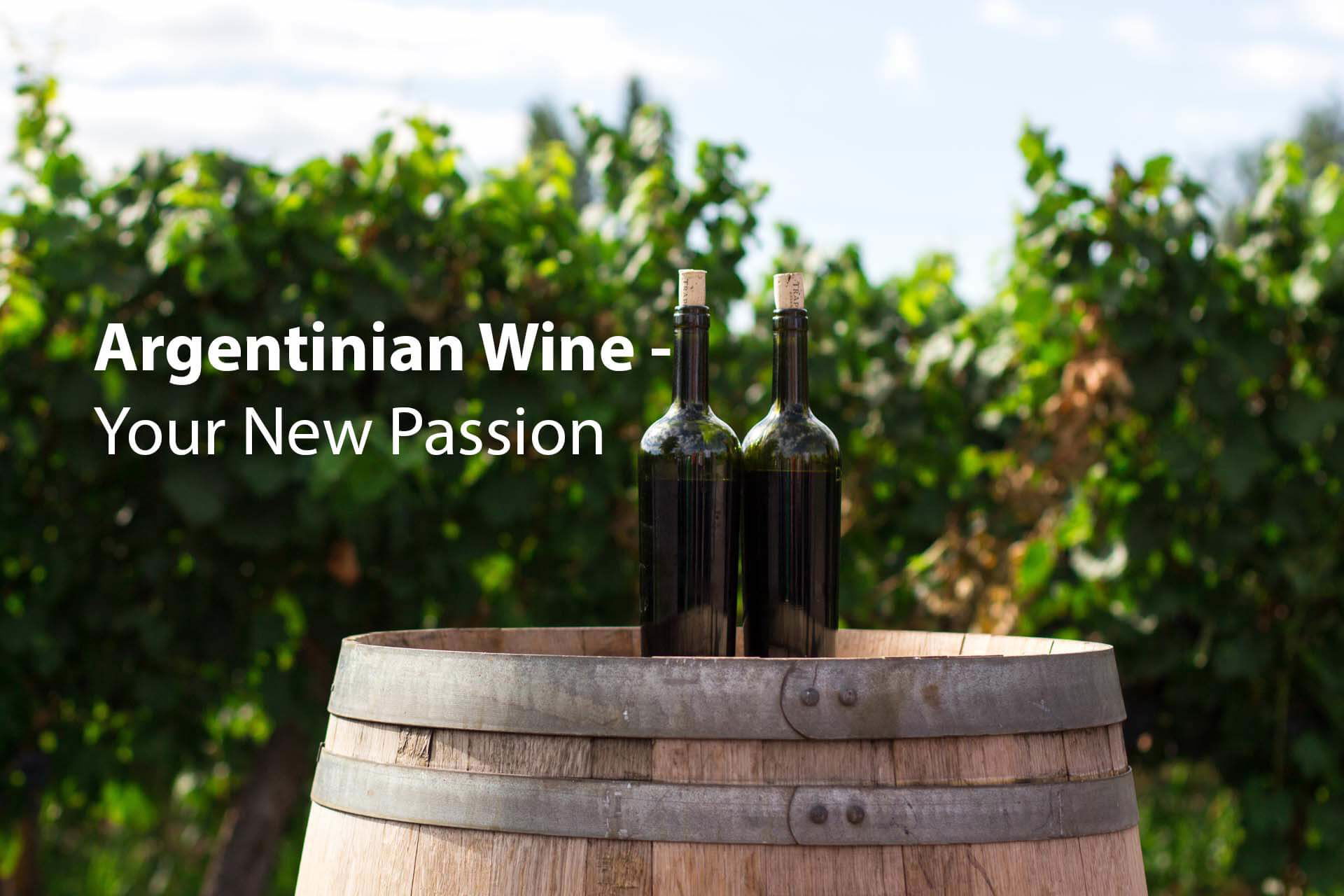
Argentinian wines entered the international scene relatively recently, making a huge splash with their rich, velvety Andean Malbecs. The country is now the fifth largest wine producer in the world, and in terms of wine consumption, Buenos Aires is second only to Paris.
Malbec’s popularity, however, is just the tip of the iceberg. Argentina has a rich wine-making history dating back to the colonial era. It is home to several significant wine regions, each with a distinct character, and thousands of wineries, each with flavours worth sharing.
The History of Wine in Argentina

The first vine cuttings were brought to Argentina to serve as the Blood of Christ at mass. Grape growing was not a traditional part of South American agriculture. It came across the Atlantic Ocean in the enormous holds of Spanish ships and was inherited, along with the Spanish language, smallpox, and many other curses and blessings. Father Cedrón supposedly planted the first Argentinian vineyards in 1556, and by the turn of the century, vines were being grown in Spanish settlements across the entire territory of what is now Argentina.
Growing up tough in the hot, dry climate, the early vines in South America soon began to produce distinctly Argentinian grapes. Criolla, a name used for a variety of grapes of Spanish descent, formed the backbone of wine production for about 300 years after the arrival of the Spanish. Crossbreeding between these first varieties of Criolla led to the first native South American grapes. Today, Torrontés and its 3 varieties (Riojano, Sanjuanino, and Mendocino) is the prime example of a native Argentinian grape.
In the early 19th century Spain’s colonial empire began to fall apart - Argentina gained independence and political instability led to a new wave of European immigrants coming to the continent. This brought industry and new techniques to Argentina, kickstarting wine-making on a larger scale. As the Argentinian government began to recognise the importance of viticulture, many French varieties were introduced by the agricultural engineer Michel Aimé Pouget. Merlot, Cabernet Sauvignon, and the all-important Malbec had arrived. They adapted to the harsh terroir magnificently, expanding the range of Argentinian grapes beyond varieties of Criolla.
While Argentina produced enormous quantities of wine throughout the 19th and 20th centuries, it was consumed almost entirely by Argentinians. It was not until the presidency of Carlos Menem in the 1990s that the country began to look outward. With guidance from their Chilean neighbours, Argentina began to break into the world market. As we can see, it turned out quite well - the world loved their Malbec.
Argentina’s Regions and Their Grapes
Many wine-makers approach their craft with the idea that wine is essentially a conduit, an expression of the terroir that grapes are grown in. This is what makes Argentinian wine so distinctive from old-world wine, offering a new twist on familiar grapes.
Argentina’s wine regions are extremely arid compared to those in Europe, where dry soils are generally considered unfavourable. Other factors contributing to the charm of Argentinian wine are its desert-like climates, high altitudes and well-drained soils, which result in vines that are always slightly thirsty. Wine-makers in Argentina take this a step further, using old-fashioned irrigation systems to limit the quantity of water vines receive.
While the idea of “unfavourable” soil raises some negative connotations, it has some surprising advantages. Argentinian vineyards face fewer problems with pests and diseases due to the arid climate. More importantly, parched vines produce less foliage and put more energy into making extremely concentrated fruits with incredibly rich flavours. There is a general rule for Argentina: the more extreme the climate, the more potent and complex the wine will end up.
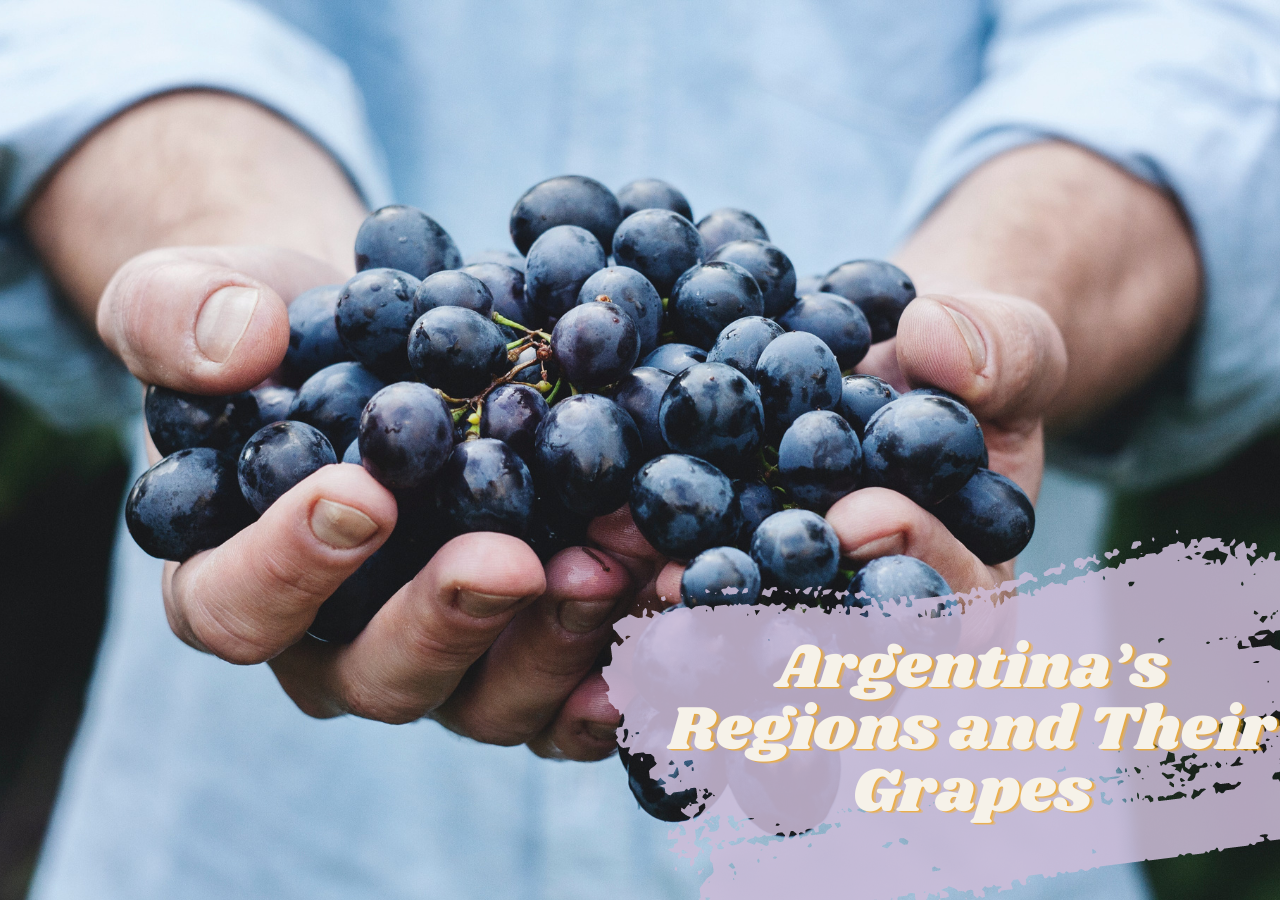
Mendoza
The Mendoza region, on the Argentinian side of the lofty Andes mountain range, is the beating heart of wine production in the country. Approximately three-quarters of all wine in Argentina is made here and it is by far the most important, in terms of industry and culture. Wine-makers in Mendoza face some very specific challenges due to the extreme climate. For instance, some wineries are forced to set up nets over their vineyards to catch hailstones before they damage the vines. During the day, it is dry and swelteringly hot - to mitigate the heat, vines are planted at a higher altitude.
There are over 1000 wineries in Mendoza, so it can be difficult to choose where to go to get a taste of classic Argentinian wine. Thankfully, there are a few distinct sub-regions within Mendoza to narrow things down.
Some of Argentina's most well-renowned wines are made in Uco Valley. It is a fantastic region for Malbec and produces some of the best Chardonnay and Torrentés wines in Mendoza. Uco Valley is distinguished by its high-altitude vineyards, situated slightly above those in Maipu and Lujan de Cuyo, up to 1200 metres above sea level. Soil in Uco Valley is consistently stony and sandy, sitting on a base of clay and rock. The result of this challenging terroir is higher acidity and extremely well-ageing wines.
As for what to try in order to get a taste of Uco Valley: The Zuccardi family have been here since the 1960s and produces a magnificently rich Malbec, as well as excellent Chardonnay. El Enemigo would also be an excellent choice of winery. They produce one of the very best Argentinian Chardonnays, consistently rated 90+, and a range of French varietals, many of which meet in this stunning red blend. It’s difficult to go wrong with these selections, all provide an exemplary taste of what Uco Valley has to offer.
The Lujan De Cuyo sub-region is located on the north side of the Mendoza river, under the rain shadow of the Andes. Sunny days under the intense glare of the desert sun followed by nights cooled by mountain winds result in hardy, thick-skinned grapes. With vineyards planted up to 1000 metres above sea level, this is a region defined by the Andes. Vines are largely grown on alluvial soils, washed up over centuries by rivers fuelled with mountain meltwater.
Lujan is the stamping ground for many of Argentina’s most famous names, including Bodega Septima, Cheval des Andes, and the internationally renowned Catena Zapata. For a taste of a classic Argentinian Malbec, this winery is the way to go. Vines in Lujan are relatively low-yield, so these fruits are remarkably concentrated and intensely flavoured. Their Malbec Argentino is without peer and is regularly rated 95+.
Maipu is home to some of Argentina’s oldest vines and best-known wineries. Its vineyards are planted on huge, flat plains that stretch across the Andean foothills, within the Mendoza River Basin. The Maipu side of the foothills is slightly warmer than the neighbouring region of Luhan De Cuyo. Vineyards are found at a lower altitude than other Mendoza sub-regions, at about 800 metres above sea level. About 70% of vineyards are given over to red wines, with Malbec and Cabernet Sauvignon being extremely popular. Soil is stony and sandy here, and the taxing conditions produce wines with deep, vivid colours and intense dark fruits.
Salta
Moving further north, the region of Salta can be found, home to some of the world’s highest vineyards. At up to 3000 metres above sea level, Salta’s vines experience some extreme weather. Most of Argentina’s wine-growing regions face desert-like climates, with scorching days and cool nights but here in Salta, the temperature variation is even more drastic. Soil is sandy, dry and well-drained - all of these challenges add up to thicker-skinned grapes and notably potent wine.
Malbec is less dominant here and while it still leads the pack, Salta’s vineyards host a relatively even mix of Malbec, Cabernet Sauvignon and Torrentés. Wine production is mostly contained within the Cafayate sub-region, where Torrontes Riojana thrives, producing crisp and incredibly complex whites. For a taste of a grizzled mountain wine from Salta, try San Pedro de Yacochuya: this is a blend of Malbec and Cabernet Sauvignon, undeniably potent with numerous 90+ ratings, bursting with dark fruits and Argentinian character.
Patagonia
Patagonia is a young region in Argentina’s south, a new frontier of wine production. Growing is concentrated in two sub-regions, Neuquen and Rio Negro. Despite being mountainous, Patagonia’s vineyards are at a relatively low altitude and the terroir is shaped by its rivers more than its mountains. Its stony, loose soils drain well, allowing growers to control water intake significantly.
Patagonia’s climate is also much cooler than central and northern regions, allowing for wines that are more European in taste. Malbec is produced en masse, but surprisingly, it is Pinot Noir, a grape with a reputation for struggling in harsher conditions, that has become Patagonia’s signature. If you want to find out why Argentinian wines are so unique and internationally desired, check out the full selection at 8Wines and start tasting the best of what South America has to offer.







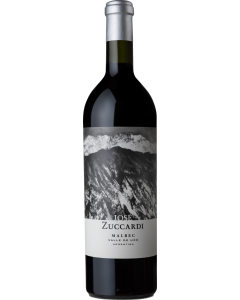
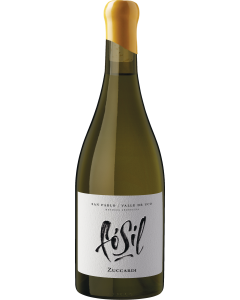
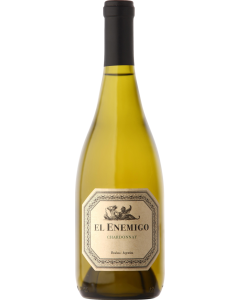
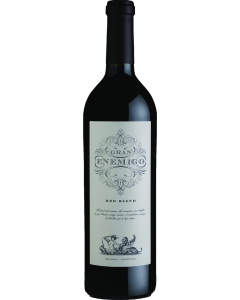
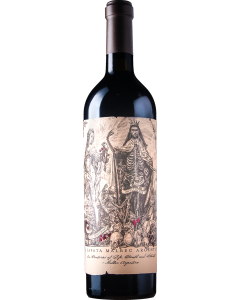
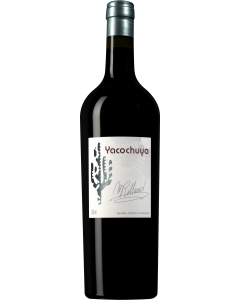



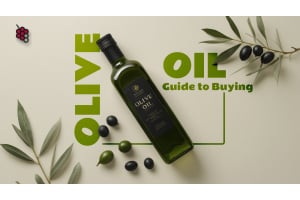





First time I have used this company and I doubt it will be the last.